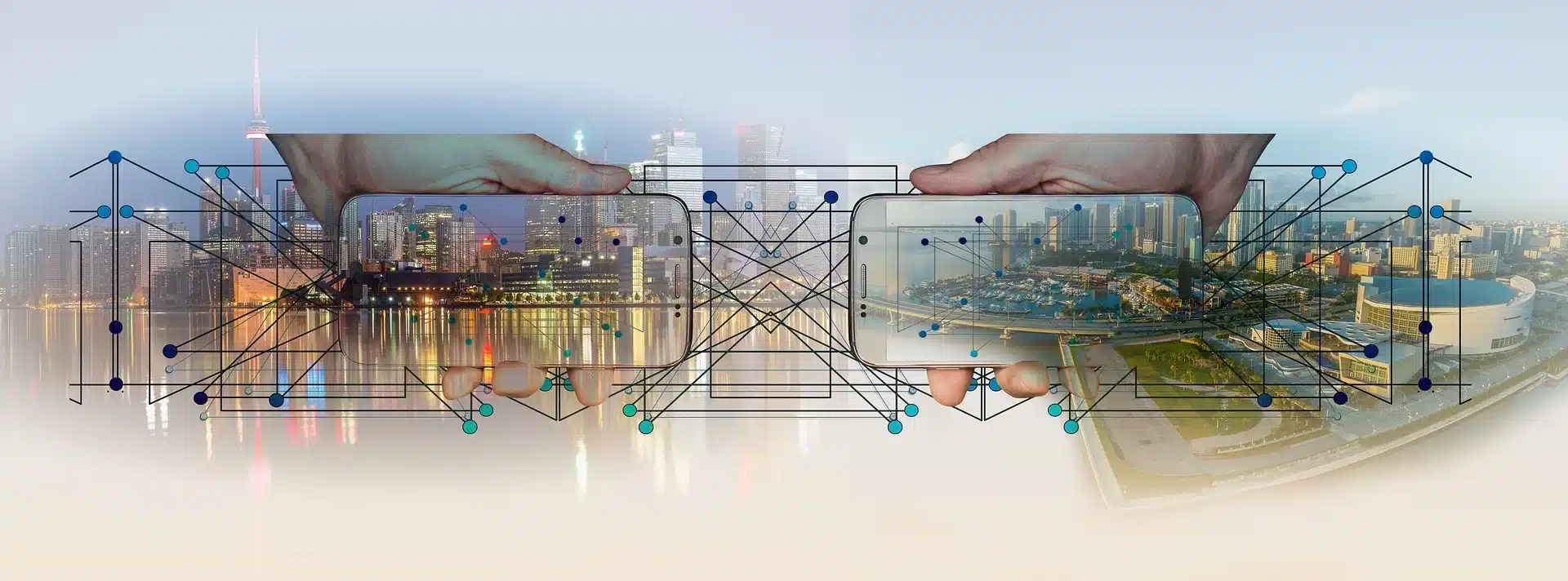What are social network types?
Social networks can be categorized into several types based on their primary purpose, structure, and the nature of interactions among users. Here are some common types of social networks:
– Personal Social Networks: These are the most common types of social networks, where individuals connect with friends, family, and acquaintances. Examples include Facebook, Instagram, and Snapchat.
– Professional Social Networks: These platforms are designed for networking and career development. Users typically connect with colleagues, industry professionals, and potential employers. LinkedIn is the most prominent example.
– Interest-Based Social Networks: These networks revolve around shared hobbies, interests, or activities. Users join these networks to connect with others who have similar passions. Examples include Pinterest (for visual interests), Goodreads (for books), and Strava (for athletes).
– Media Sharing Networks: These platforms focus on sharing multimedia content, such as photos, videos, and music. Instagram and YouTube are prime examples.
– Location-Based Social Networks: These networks use geolocation technology to connect users based on their physical proximity. Apps like Foursquare and Swarm encourage users to check in at specific locations and discover nearby friends or venues.
– Dating and Relationship Networks: These networks are designed to help people find romantic partners or build connections. Tinder, OkCupid, and Match.com are well-known dating platforms.
– Professional Interest Networks: These are niche networks that cater to specific professions or industries. They are often used for knowledge sharing and collaboration among professionals. Examples include GitHub (for developers) and Behance (for creatives).
– Anonymous Social Networks: These platforms allow users to interact without revealing their real identities. They can be used for sharing secrets, discussing sensitive topics, or seeking advice anonymously. Whisper and Yik Yak (now defunct) are examples.
– Academic and Educational Networks: These networks focus on connecting students, educators, and researchers for educational and research purposes. Edmodo and Academia.edu are examples.
– Community and Forum Networks: These networks facilitate discussions and interactions among users with shared interests. Reddit, Quora, and Stack Exchange are popular examples.
– Social Commerce Networks: These platforms combine social interactions with online shopping. Users can discover and purchase products based on recommendations and reviews from their social connections. Examples include Pinterest and Instagram Shopping.
– Nonprofit and Activist Networks: These networks are dedicated to promoting social and political causes. They help users organize, raise awareness, and mobilize support for various issues. Change.org and Avaaz are examples.
– Gaming and Gamer Networks: Online gaming platforms often have built-in social features that allow gamers to connect, collaborate, and compete with one another. Xbox Live and Steam are examples.
– Instant Messaging and Chat Apps: While not traditional social networks, messaging apps like WhatsApp, Facebook Messenger, and WeChat have social networking features, enabling users to communicate with friends and share content.
These categories can overlap, and some social networks may incorporate elements from multiple types. Additionally, new types of social networks continue to emerge as technology evolves and user needs change.


